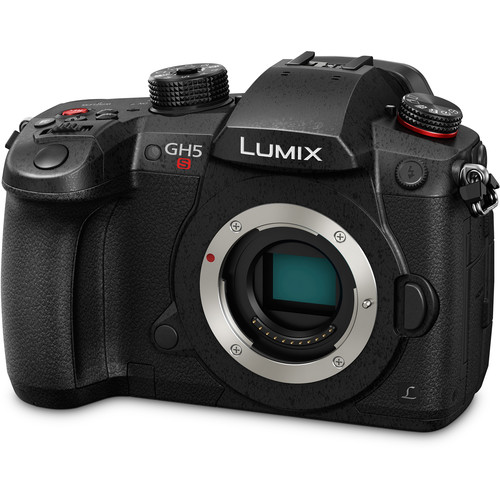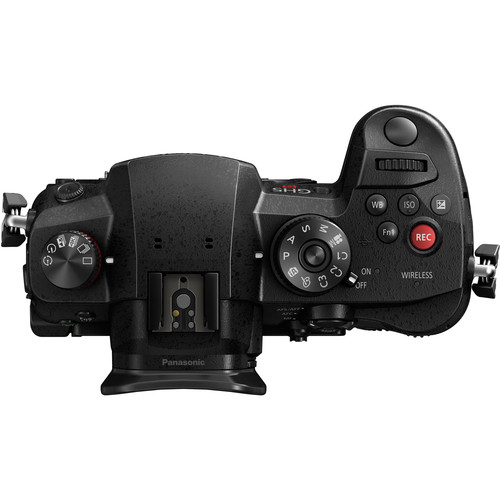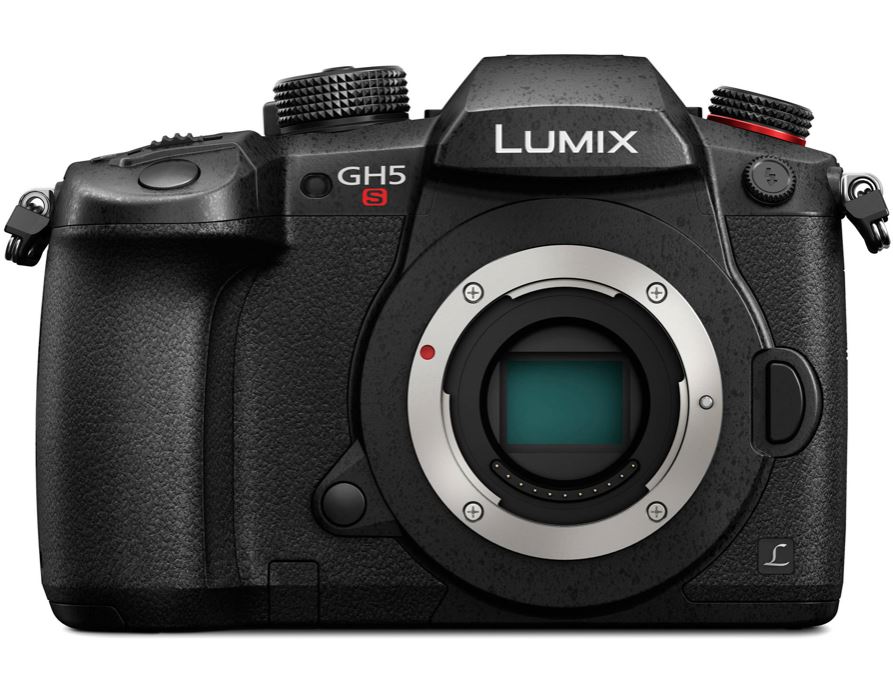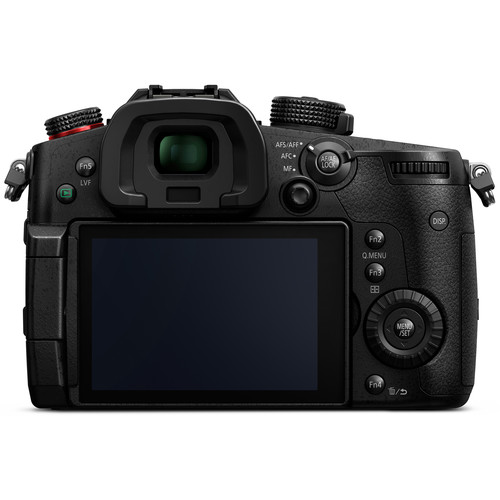January 23, 2019
I was recently looking at many test videos that I made and comparing the quality of what I saw that other people were making. My videos technically looked better than most, but were not the equal of the best and I saw that I could do better. So I spent a while trying to get more out of the equipment that I had and came up against a wall. It was just not happening, it was good but with every video I made, I saw where it could have been better, but it did not quite happen. One of the best things that I could have done was to make the jump from a mid-level video editing software in to one of the better ones out there, but though my results improved and times to create projects dropped, it was still not up to the level that I saw others were at, and so I looked at what the others were doing, researching I would say a couple hundred hours, looking at videos, seeing what they were using, how they used it and what their results were. I wanted THOSE results… and I saw what they were using to get those results.
So, the decision to upgrade to a better video camera and supporting equipment was made after a good amount of research, and now the search to find the best prices began. I am not going to start quoting exact numbers here, but I will say this… All my equipment was bought 100% new-in-box with full warranties, and I still managed to save more than $650CDN over if I had made the purchases locally. Here is what I bought:
A Panasonic Lumix GH5s:
Besides being able to output some AMAZING quality footage, this camera has some incredible traits that many cameras at 4 times the price do not have. I’ve been using it for practice reasons mostly, so I can get familiar with it, learn it’s capabilities and how to best exploit it. For example, it can record in 4K (3840X2160) or Cinema 4K (4086X2160) at super-high qualities (400MB/sec, 4.2.2 10-bit) for excellent footage, but this camera can also do awesome 4:3 results (3328X2496) which is nothing short of amazing perfect for green screen work.
A 3rd party AC adapter for the GH5s:
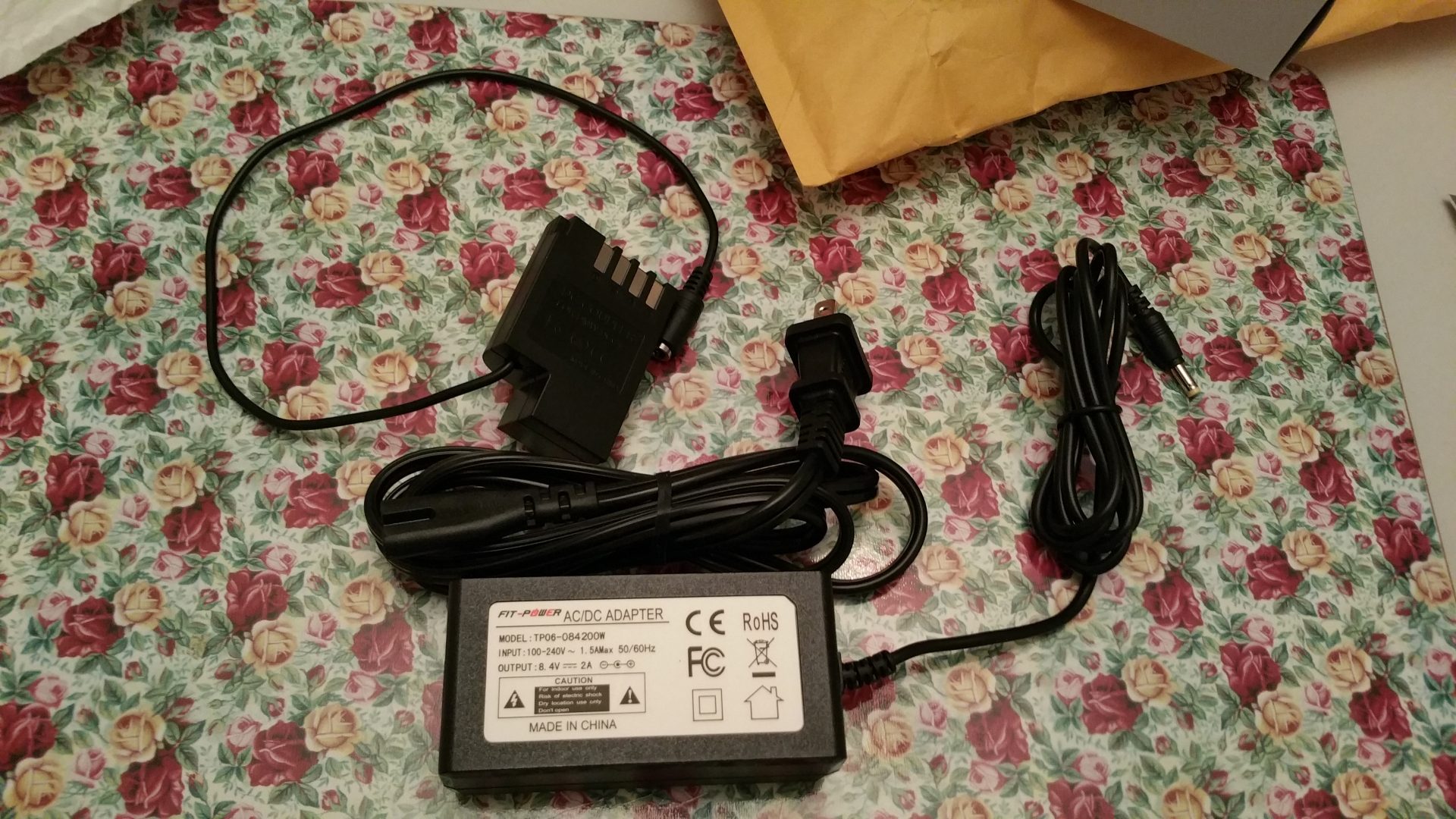
Now, you ask… wouldn’t the batteries alone be good enough? Yes, I could work with just the batteries, but this is an item more of convenience. With this accessory, I can have the camera on for several hours and not have any concerns about battery life. As long as I have AC power, the camera is 100% functional. Perfect for those long sessions where I am doing take after take for an entire afternoon… no thoughts of batteries dying for me!
A Viltrox Lens Speedbooster Adapter:
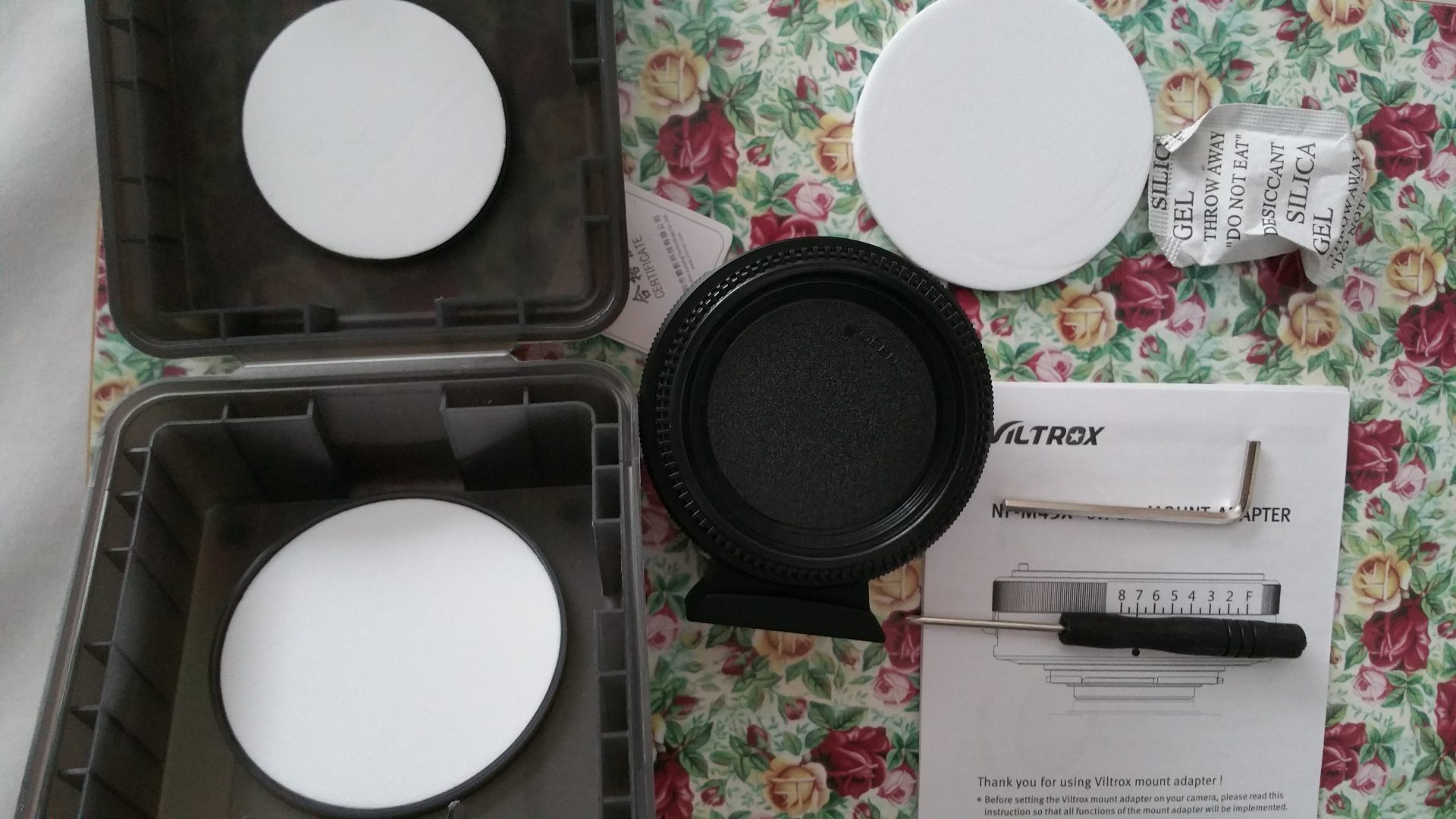
Lenses are often the most expensive part of any camera kit, at least the good/high quality ones. I know this because I have some pretty amazing Nikkor lenses… and that is where this adapter comes in. It basically does two things… first, it lets me use my Nikon lenses on the GH5s, and second, the design “boosts” the amount of light that goes in to the camera increasing the low light effectiveness of any Nikon glass that I place on it. However, there is one minor limitation. Panasonic does not “speak” Nikon, so whatever lens I place on the camera via this adapter, it is full manual control… this means aperture and focus settings. No problem, because 99% of the time(so far), all I do is place the camera on a tripod and focus it on one spot (my face).
A Panasonic Lumix prime lens:
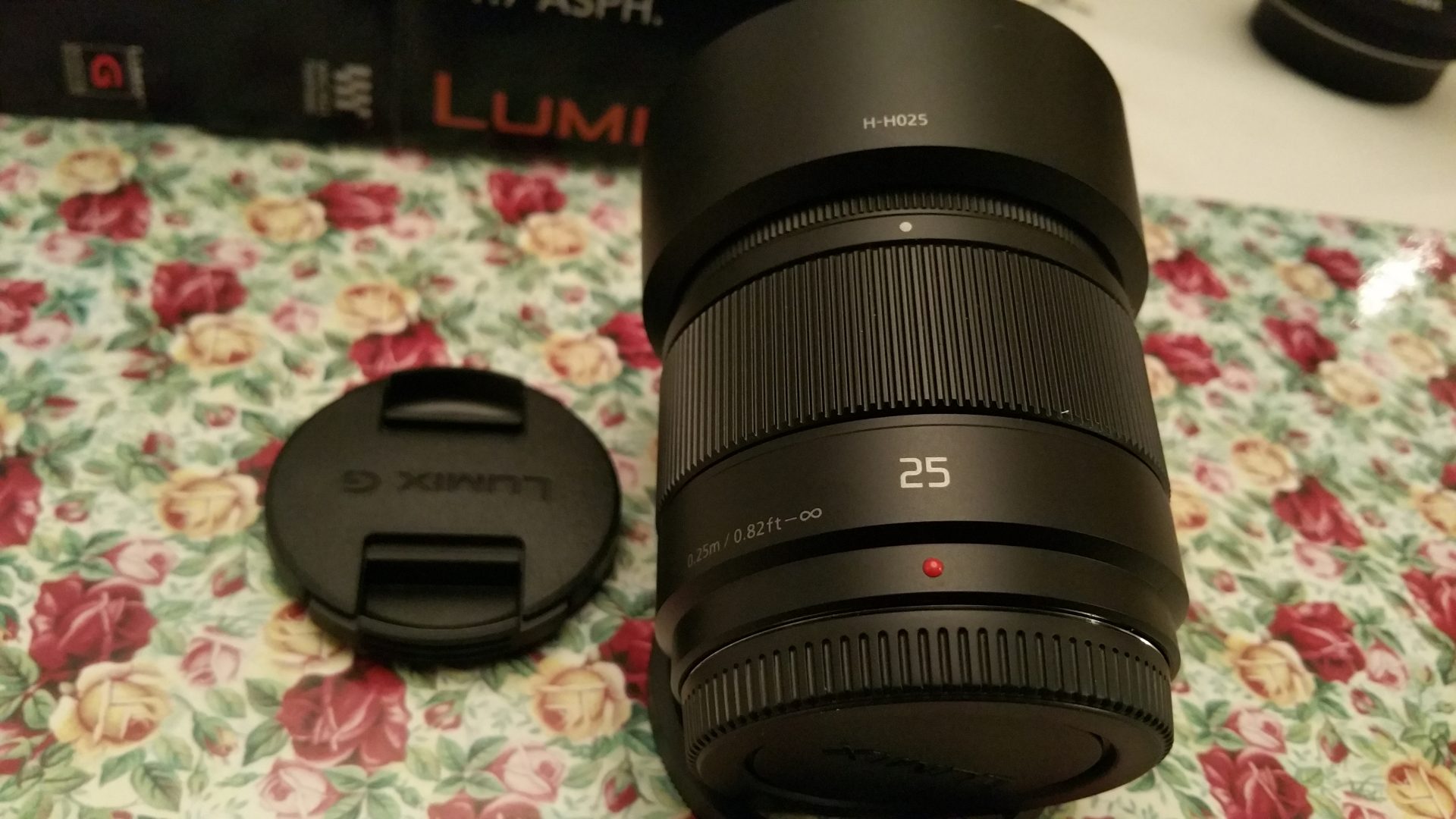
Wait a minute… didn’t I say earlier that we were going to be able to use all of your fancy Nikkor glass in this camera? Yes I did, but I am going to need one “native” lens that can auto focus in situations where I need to acquire focus fast and accurately outside, in situations where time is of essence… and this cheap and really good quality lens is tiny, light and affordable. I’ve already tested the results of this lens, and really like what it can give me within the range of it’s capabilities.
A Delkin memory card:
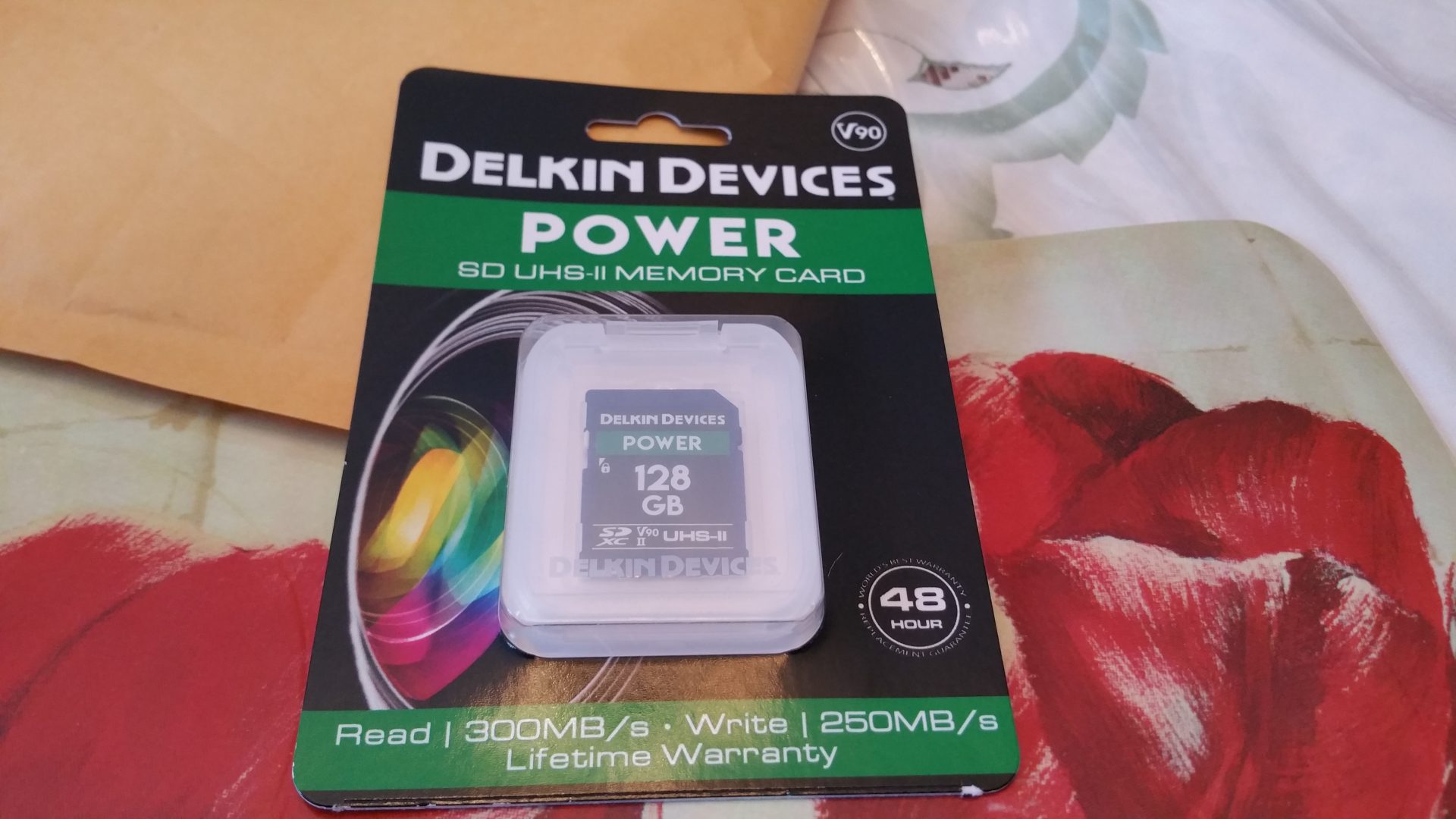
Because I want to be able to record at the highest levels of quality that this camera can place on a memory card, I need to make sure it is both of a high quality and it has to be fast enough to be able to capture 400MB/sec, and that requires at least what is called a V60 card. I went one level higher for the sake of reliability, and bought a V90 card.
This card has a good reputation amongst other GH5s owners and this is one area that I did not skimp out on. I’ve tested capturing over 30 minutes of video, almost entirely filling the card, and there was not one frame dropped, evidence that this card can cut the mustard. Take a look at the second picture above, the shots from the rear, you will see a 2nd row of gold fingers, and this is what lets the card capture data at over 2 times faster than that card next to it.
